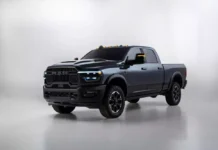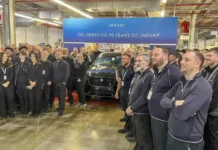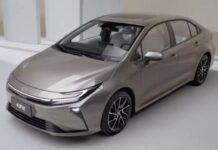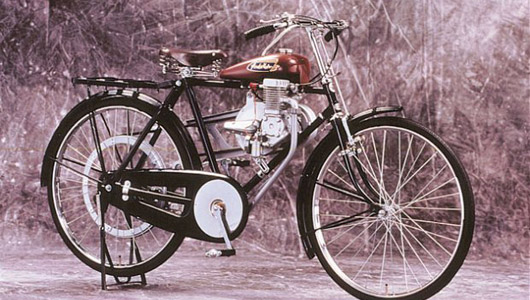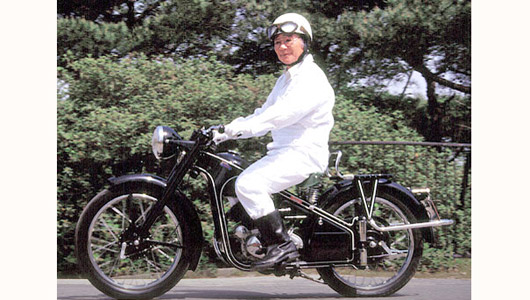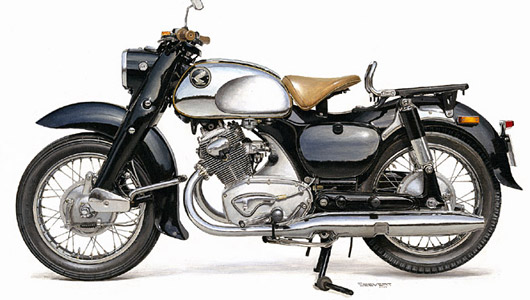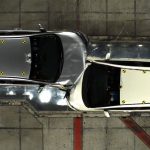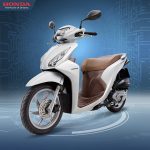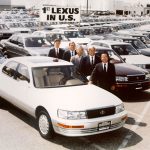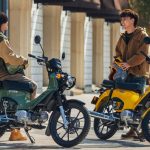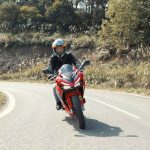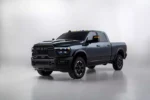Honda, the renowned automobile and motorcycle brand, boasts a fascinating history that remains unknown to many in Vietnam.
The narrative of Honda is intricately linked to the life of its founder, Soichiro Honda. Driven by his vision to democratize motorcycles and revolutionize transportation, he embarked on a remarkable journey.
Ambitious Beginnings
Soichiro Honda was not just an entrepreneur or a manufacturer; above all, he was a dreamer. His ambition was to make motorcycles accessible to everyone, regardless of their financial means. It all started with the production of small motorcycles, with the initial creation being the D-Type Dream. Nevertheless, Honda’s passion for racing bikes inspired him to develop larger and more powerful machines, fueled by 2, 4, 5, and eventually 6 cylinders.
However, Honda wasn’t yet the world’s leading motorcycle manufacturer at that time. Initially, the company aimed to sell surplus 2-stroke engines left over from the military post-war. These engines were relatively modern but also expensive. However, post-war Japan needed affordable means of transportation as public systems were crippled, and fuel was in short supply. Responding to this need, Soichiro Honda decided to modify and sell these engines at a reduced cost by attaching them to bicycles.
In October 1946, the production workshop in Hamamatsu successfully completed the first motorcycle featuring pedals and a crank. These bikes ran on a resin-derived liquid fuel, a cheap and readily available option. However, this fuel was not ideal for 2-stroke engines, as the engine had to be warmed up by constant pedaling before starting.
Once the surplus engines were sold out, Honda began manufacturing its own motorcycles. Utilizing the remaining 2-stroke engines as prototypes, he designed an entirely new 50cc engine using the same mounting configuration as the previous models.
In the winter of 1947, the A-Type, boasting 0.5 horsepower, rolled off the production line. These motorcycles still relied on resin fuel, emitting copious smoke and an unpleasant odor, earning them the nickname “Kitchen Stoves.”
From Dream to Reality
In 1948, at the age of 41, Soichiro Honda officially established Honda Motor. This marked the birth of a motorcycle empire, aided by financial support from Takeo Fujisawa, who later became the company’s vice president. In the same year, Honda introduced the 90cc engine model A-Type, also referred to as the B-Type.
While Japan’s economy had largely recovered nearly 5 years after the war, Honda began focusing on producing affordable motorcycles for the general public. In 1949, the D-Type, completely designed and manufactured by the company, was unveiled. This marked a comprehensive and challenging endeavor compared to simply mounting engines onto bicycles. Honda dubbed it “The Dream” as it epitomized his aspiration of creating a complete motorcycle.
The subsequent milestone was the E-Type Dream, a 146cc OHV (Over Head Valve) 4-stroke engine. Displaying a power output of 5.5 horsepower and achieving a top speed of 50mph (approximately 80km/h), the bike featured a steel frame, full front and rear suspensions. By October 1951, the new Dream was being produced at a staggering rate of 130 units per day.
In addition to their line of “true” motorcycles, Honda did not overlook the market for affordable bikes. In 1952, they introduced the first “Cub” F-Type, a 2-stroke bike equipped with a 50cc engine producing 0.5 horsepower. These models sold in remarkable quantities, with monthly production reaching 6,500 units within a year, capturing a significant 70% of Japan’s two-wheeler market.
In 1953, Honda launched the 90cc J-Type, marketed as the Benly (meaning “convenience” in Japanese). Boasting refined technology such as a 3-speed gearbox, a 3.8 horsepower engine, and even a telescopic tube front suspension, the Benly achieved a monthly sales volume of 1,000 units.
In 1954, Honda manufactured the 200cc Juno scooter in response to the emergence of Vespa in Japan. Furthermore, Honda made substantial improvements to the Dream and Benly models, notably in engine displacement.
In September 1957, Honda unveiled its first 2-cylinder engine, the C70 Dream with 250cc. Shortly after, in early 1958, Honda equipped the C70 bikes with electric starters, redesignating them as C71. In 1959, the latest Benly model hit the market, featuring a 125cc engine capable of reaching a top speed of 100km/h.
Honda’s relentless pursuit of progress led to its ascent as Japan’s foremost motorcycle manufacturer.
Thao Anh (Source: PL&XH/Compiled)
Honda CBR150R – The Top Choice in the 150cc Sportbike Segment
With a sporty and aggressive design reminiscent of its big brother, the CBR1000RR-R Fireblade, yet maintaining the maneuverability of a city sports bike, along with outstanding safety features and the most attractive price in its segment, the Honda CBR150R is capturing special attention from Vietnamese bikers.

